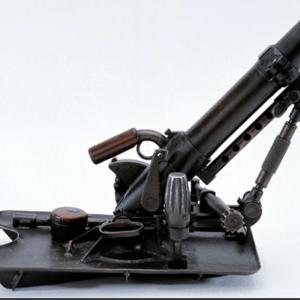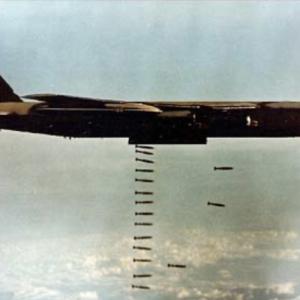
Werner Von Braun
Werner von Braun was one of the most influential yet controversial scientists of the 20th century. A visionary in rocketry and space exploration, he played a pivotal role in both the German V-2 rocket program during World War II and the American Apollo missions that landed humans on the Moon. His journey from developing weapons for Nazi Germany to leading America’s space exploration efforts is complex and raises significant ethical questions.
Werner Magnus Maximilian Freiherr von Braun was born on March 23, 1912, in Wirsitz, Germany, which is now part of Poland. He was the second of three sons in an aristocratic family. His interest in space and rocketry began at an early age, inspired by the science fiction works of authors like Jules Verne and H.G. Wells. As a teenager, he joined the German Society for Space Travel and experimented with rocketry while studying mechanical engineering. In the early 1930s, von Braun attended the Technical University of Berlin, where he earned a doctorate in physics and engineering. His talents were soon recognized by the German military, which was looking for ways to develop long-range weapons.
During World War II, von Braun became the technical director of the V-2 rocket program, developed under the German Army’s weapons bureau. The V-2, or Vergeltungswaffe 2 ("Vengeance Weapon 2"), was the world’s first long-range guided ballistic missile. It used liquid-fueled rocket engines and could reach the edge of space before descending onto its target. It represented a major technological breakthrough, and von Braun’s expertise was critical in its design and production. The first successful launch occurred in 1944, and over 3,000 V-2 rockets were eventually launched against Allied targets, primarily in London and Antwerp. These attacks caused the deaths of thousands of civilians.
While the V-2 was a remarkable engineering feat, its development was marred by the brutal conditions under which it was produced. The rockets were assembled at the Mittelwerk underground factory, where thousands of forced laborers, many of them concentration camp prisoners, worked in appalling conditions. An estimated 20,000 people died during the construction of the V-2 rockets—more than were killed by the rockets themselves. Von Braun’s exact level of knowledge and involvement in the use of slave labor has been a subject of debate. He later claimed that his focus was solely on the technological aspects of the work, though evidence suggests he visited the Mittelwerk facility and was aware of the conditions there.
As the war neared its end, von Braun and his team anticipated Germany’s defeat. Preferring to surrender to the Western Allies rather than the advancing Soviets, von Braun and around 500 members of his team surrendered to American forces in May 1945. Under a secret program known as Operation Paperclip, the United States brought von Braun and many of his colleagues to America to work on missile and rocket development. The U.S. government was aware of their wartime roles, but prioritized their scientific expertise over moral considerations.
In the United States, von Braun initially worked with the U.S. Army on ballistic missile development, contributing to the Redstone rocket, a key predecessor to later space launch vehicles. He became a naturalized U.S. citizen in 1955. With the advent of the Space Race following the Soviet launch of Sputnik in 1957, von Braun’s prominence in American space efforts grew rapidly. He was appointed director of NASA’s Marshall Space Flight Center in 1960 and became the chief architect of the Saturn V rocket, which successfully carried Apollo astronauts to the Moon. The Saturn V remains one of the most powerful rockets ever built and a symbol of American technological achievement.
Von Braun was an enthusiastic advocate for space exploration, envisioning missions to Mars and beyond. He appeared in popular media, including Walt Disney documentaries, helping to foster public support for space programs. He played a vital role in the success of the Apollo program, particularly Apollo 11’s historic landing on the Moon in July 1969. His leadership and engineering brilliance were instrumental in turning ambitious space goals into reality.
Despite his contributions to science and space, von Braun’s legacy remains deeply controversial. Critics argue that his involvement with the Nazi regime and the use of forced labor in the V-2 program cannot be overlooked. Supporters contend that he was a pragmatist, focused on advancing rocket science regardless of the political context, and that his postwar contributions to peaceful space exploration redeemed his earlier associations.
Von Braun retired from NASA in 1972 and took a position with Fairchild Industries, a private aerospace company. He continued to advocate for space travel until his health began to fail. In 1973, he was diagnosed with kidney cancer, and he died on June 16, 1977, in Alexandria, Virginia, at the age of 65.
Werner von Braun’s life encapsulates the contradictions of the 20th century: extraordinary scientific achievement intertwined with ethical compromise. He helped usher humanity into the space age, but his legacy remains entangled with the darker chapters of history. His story is a reminder of both the potential and the peril of scientific progress in service of political and military power.










